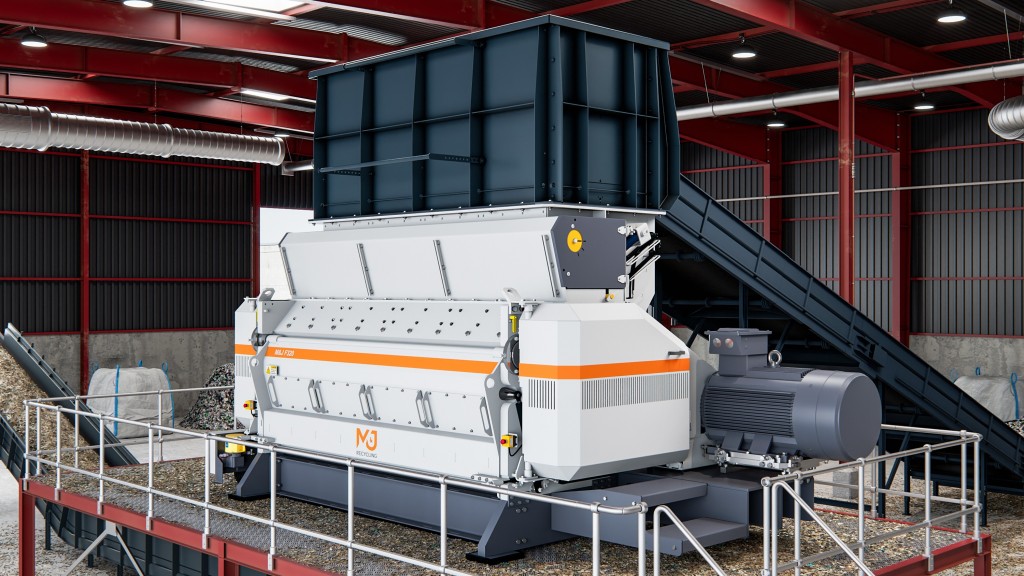
TANA has added the 440ET to its Shark series. The 440ET mobile shredder uses electricity as its power source and shreds waste completely electrically. TANA says that 440ET users benefit from long service intervals and near emission-free operations.
"Electrification makes it possible to reduce local emissions from waste processing to a minimum," says Eetu Tuovinen, product manager for TANA shredders. "This supports the goals of our customers working at the heart of the circular economy and makes the pre-processing of recycled raw materials and recycled materials even cleaner."
The design of the 440ET shredder is based on the TANA Shark series that was launched at the beginning of the 2000s. TANA says that these shredders focus on durability, versatility, and mobility.
User feedback drove the development of the new mobile shredder.
"Our customers have shown strong interest and a need for an electrically powered and mobile shredder. The TANA Shark 440ET is the first shredder model on the market that combines mobility and electric drive," Tuovinen explains.
Sales will begin at the end of 2023 and the first units will be delivered at the beginning of 2024.
Reliable energy and service intervals
TANA says that the Shark 440ET is ideally suited for high-volume production facilities, where industrial-grade 1000-amp and 400/480-volt three-phase electrical connections are available.
"Electrification makes the shredder's operating costs more affordable than before thanks to longer service intervals. Compared to diesel models, the service interval is twice as long, meaning that every other service is omitted. The spare parts used in maintenance are also cheaper, because electric motors are practically maintenance-free, whereas diesel engines require regular oil and filter changes, for example," Tuovinen says.
In recent years, the importance of the circular economy and locally produced recycled materials has also grown in terms of security of supply. A power unit based on diversified and decentralized electricity production supports environmental goals and the security of supply and the predictability of operating costs. TANA says that the more the electricity production capacity increases, the more affordable the power source is.
"Roughly estimated, even at current prices, the operating cost of an electric shredder per hour is just half the fuel costs of a diesel shredder."
Auxiliary diesel engine aids transportation
The new shredder utilizes combined hydraulics and electricity technology, as the electrified power unit powers the traditional hydraulics that then rotate the shredder rotor knives.
"The new model shreds all the same materials as previous models. Our familiar and safe TANA technology has simply been updated into a new version," Tuovinen says.
Although the shredding itself is powered by the electricity mains, diesel technology has not been completely abandoned. The new electric shredder is equipped with a small diesel engine that allows the machine to be driven independently from one processing point to another at the production plant or terminal.
"It is specifically the mobility of the shredder that is important for our customers' work. Many customers have several different fractions of waste to process in different parts of the yard, and even when the pile of one type of waste grows, it is important to be able to move the machine. The auxiliary diesel engine makes this effortless," says Tuovinen.
With the auxiliary engine, the shredder can also be driven to the maintenance facilities at the customer's own yard or onto a lowbed trailer for transportation.



